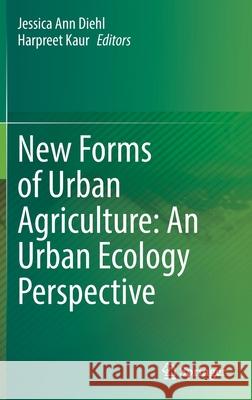New Forms of Urban Agriculture: An Urban Ecology Perspective » książka
topmenu
New Forms of Urban Agriculture: An Urban Ecology Perspective
ISBN-13: 9789811637377 / Angielski / Twarda / 2022 / 360 str.
New Forms of Urban Agriculture: An Urban Ecology Perspective
ISBN-13: 9789811637377 / Angielski / Twarda / 2022 / 360 str.
cena 803,21
(netto: 764,96 VAT: 5%)
Najniższa cena z 30 dni: 771,08
(netto: 764,96 VAT: 5%)
Najniższa cena z 30 dni: 771,08
Termin realizacji zamówienia:
ok. 22 dni roboczych
Dostawa w 2026 r.
ok. 22 dni roboczych
Dostawa w 2026 r.
Darmowa dostawa!
Kategorie:
Kategorie BISAC:
Wydawca:
Springer
Język:
Angielski
ISBN-13:
9789811637377
Rok wydania:
2022
Wydanie:
2021
Ilość stron:
360
Waga:
0.68 kg
Wymiary:
23.39 x 15.6 x 2.06
Oprawa:
Twarda
Wolumenów:
01
Dodatkowe informacje:
Wydanie ilustrowane











